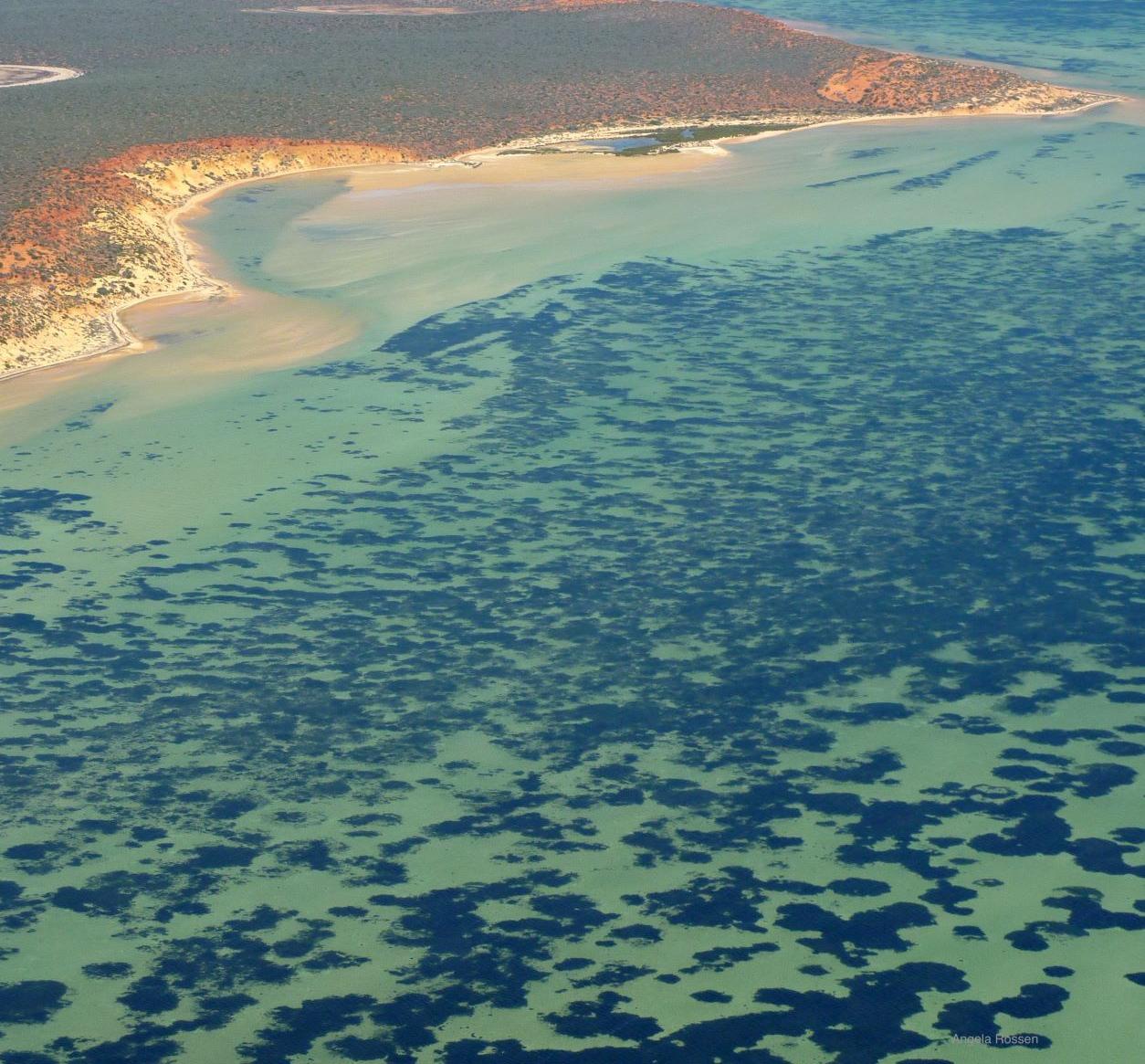According to researchers, genetic testing shows that they have discovered the world’s largest plant – a giant meadow of seagrass that stretches over 200 square kilometers off the west coast of Australia.
Less than 20 minutes ago
–
And we are not talking about lots of different seagrass. No, it is one and the same plant that has grown large. Very big.
It’s the British newspaper The Guardian which discusses the surprising finding that researchers at, among others, the University of Western Australia are behind and which is published in Proceedings of the Royal Society B.
But it is not done overnight to cover an area three times the size of Manhattan or 20,000 football fields. It takes approx. 4500 years.
The underwater bed, called posidonia australis, can be seen in Shark Bay outside Western Australia. Here, the plant, which originally comes from two different seagrasses, has found optimal growing conditions.
Dear children have many names, the plant is then also called band weed and fiberball weed, and thus lives up to the expression “grows like weed”.
 –
–When the researchers began to look for genetic differences in samples they had taken in different places in the bay, they got a real surprise. Even though they were taken as far apart as 180 km, everything indicated that there was no talk of many different plants, but in and the same.
– We thought «what the h .. is that going on here? We were completely stunned, says Dr. Martin Breed, an ecologist at Flinders University, according to The Guardian.
Jane Edgeloe, a student and researcher at the University of Western Australia, says they researched around 18,000 genetic markers to see if they could find species variations that they could use in projects.
 –
–But what they found was that it was the same plant that had spread via rhizomes, a bit like strawberry plants do with their shoots.
Today’s 200 square kilometer meadow of band weeds seems to have expanded from a single colonizing seedling, says Edgeloe.
And this gig is now home to turtles, dolphins, manatees, crabs and fish.
Ground stalks from such band weeds grow up to 35 cm a year, and at this rate, researchers estimate that the plant must have used at least 4,500 years to have spread over such a large area.
And it does well in Shark Bay even though the salinity varies greatly and the temperature here fluctuates between 15 and 30 degrees.
–


